If you are new to the blogging world, then many platforms can help you with blogging. You need not fear in 2024 because now many fantastic free blogging platforms are specially designed for beginners. These platforms provide the perfect launchpad for your blogging journey. In this article, we will explore the best free blogging platforms for beginners in 2024, providing you with all the information you need to make an informed decision and start your blogging venture with confidence.
The best Free Blogging Platforms to consider in 2024
Are you ready to dive into the world of blogging in 2024? Here’s a roundup of the best free blogging platforms that cater to various needs and skill levels. Whether you’re a non-techie looking for an easy-to-use solution or a seasoned pro aiming for maximum control, there’s a platform for you.
1. WordPress
👉 Best for Those seeking 100% control and a serious, long-term website.
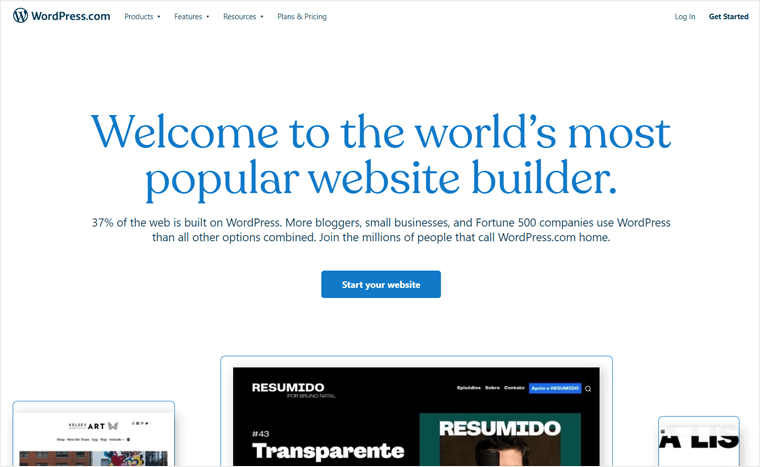
WordPress, an open-source platform, offers extensive customization with thousands of free themes and plugins. While WordPress itself is free, hosting is required to take your site live. Enter Bluehost, an affordable hosting solution with nearly 100% uptime, good customer support, and a free domain for the first year. WordPress empowers you to steer the look, functionality, and revenue generation of your site. Its SEO-friendly nature ensures your site ranks higher in search results.
2. Wix
👉 Best for Non-techies who want a blend of website functionality and blogging.
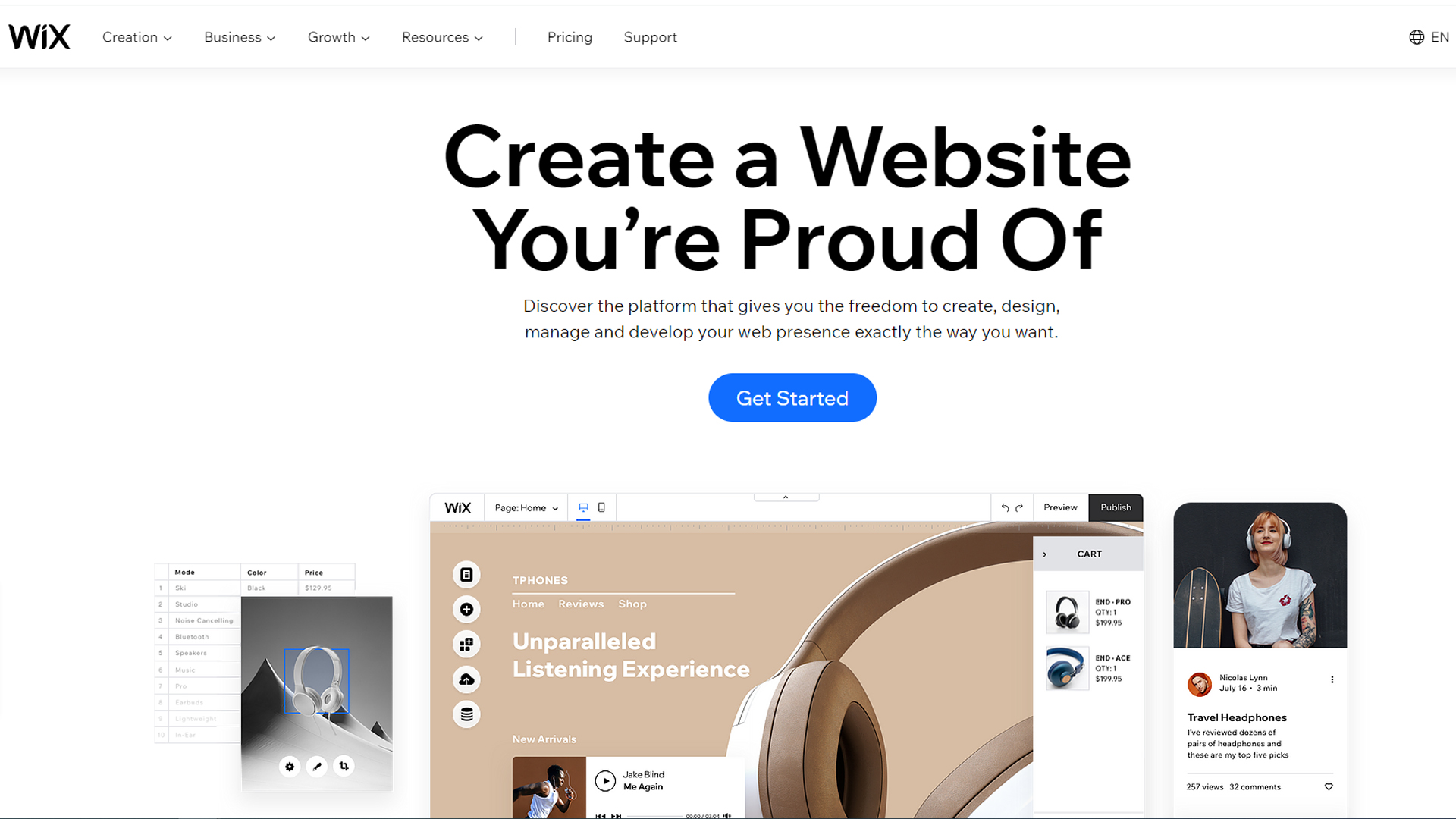
Wix stands out as a user-friendly website and blog builder with drag-and-drop tools. Its 100% free plan allows you to launch a blog under Wix’s subdomain, complete with hosting. Choose from a range of free and premium themes to customize your blog effortlessly. The intuitive and modern design makes it accessible for both beginners and advanced users. Sign up, pick a template, and start customizing your blog in live preview mode. Add multimedia widgets, backgrounds, menus, and more. When satisfied, hit publish and edit content blocks anytime.
3. Medium
👉 Best for Users: focused on writing, seeking a built-in audience, and unconcerned about owning a standalone site.
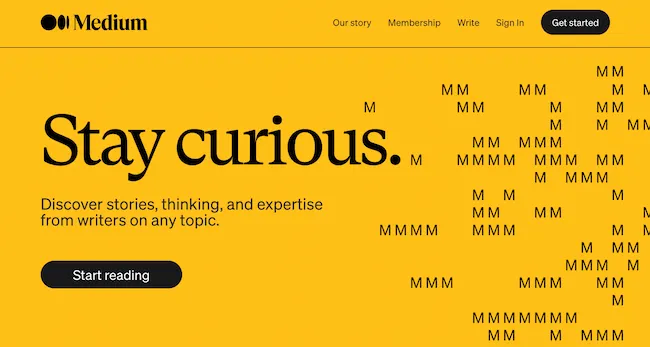
Medium, a multipurpose platform, exposes your articles to a wide audience of 60 million readers per month. It’s user-friendly; sign up and start writing. However, keep in mind that your content resides on Medium, offering less control over your own “space” compared to WordPress.
4. LinkedIn
👉 Best for Business owners and professionals targeting a pre-existing audience.

Surprisingly, LinkedIn is a potent platform for blogging, thanks to its easy-to-use tools and a concentrated professional audience. With over 30 million active businesses on LinkedIn, it provides exposure to a focused user base. Publishing on LinkedIn is straightforward; use the “Start a post” widget and convert your status into a full post. Benefit from LinkedIn’s powerful networking capabilities and become one of the best free blogging sites on the web.
5. Blogger
👉 Best for Writers focused on content without the need for ownership.
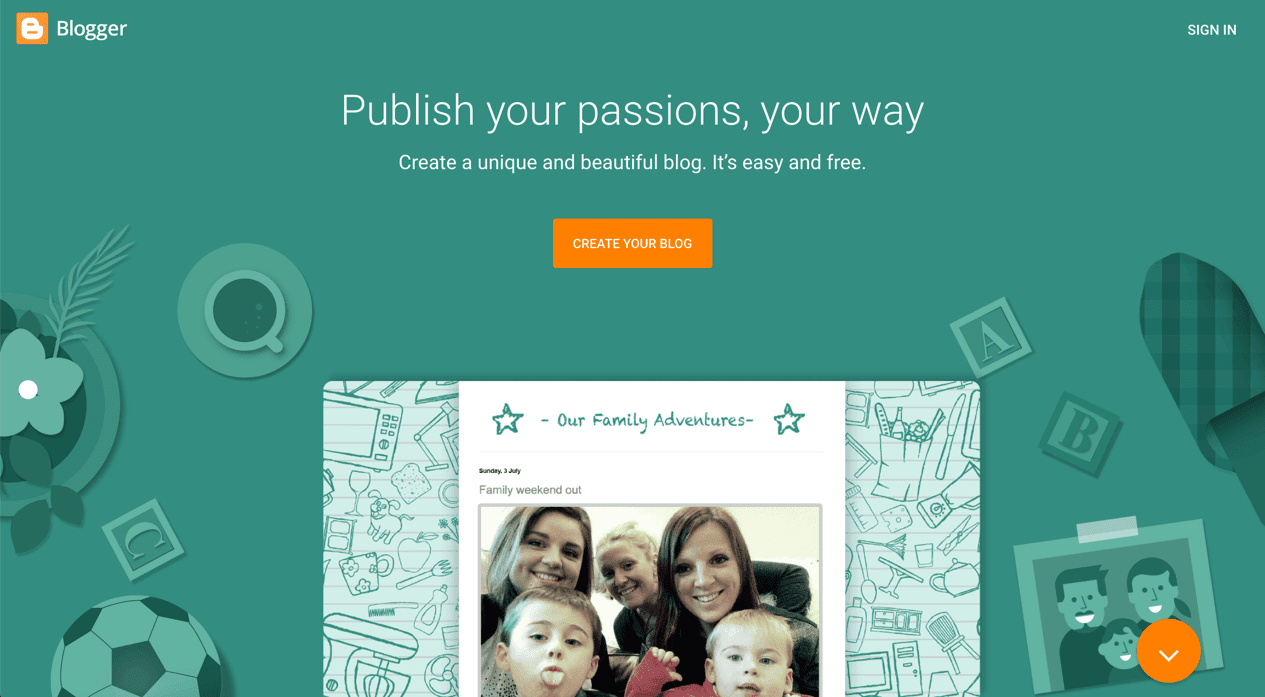
Blogger, one of the oldest free blog sites, is a reliable solution for personal blogs. Though its popularity has waned, it remains a solid choice for straightforward blogging. The interface, reminiscent of a Google+ profile, provides simplicity in design, allowing you to concentrate on your writing.
6. Weebly
👉 Best for A solid alternative to Wix with similar features.
![Weebly Not Publishing Website: Causes and Fixes [2023 Guide]](https://firstsiteguide.com/wp-content/uploads/2023/07/weebly-login-page.png)
Weebly, a versatile website builder caters not only to blogging but also to selling products and showcasing portfolios. Its WYSIWYG editor and drag-and-drop elements simplify customization. Weebly offers various elements like sidebars, media boxes, forms, and ad spaces. The free plan includes five custom pages, a Weebly subdomain, 500MB of storage, and ad spaces.
7. Tumblr
👉 Best for users who prefer short-form, image-focused content without the need for a conventional website.
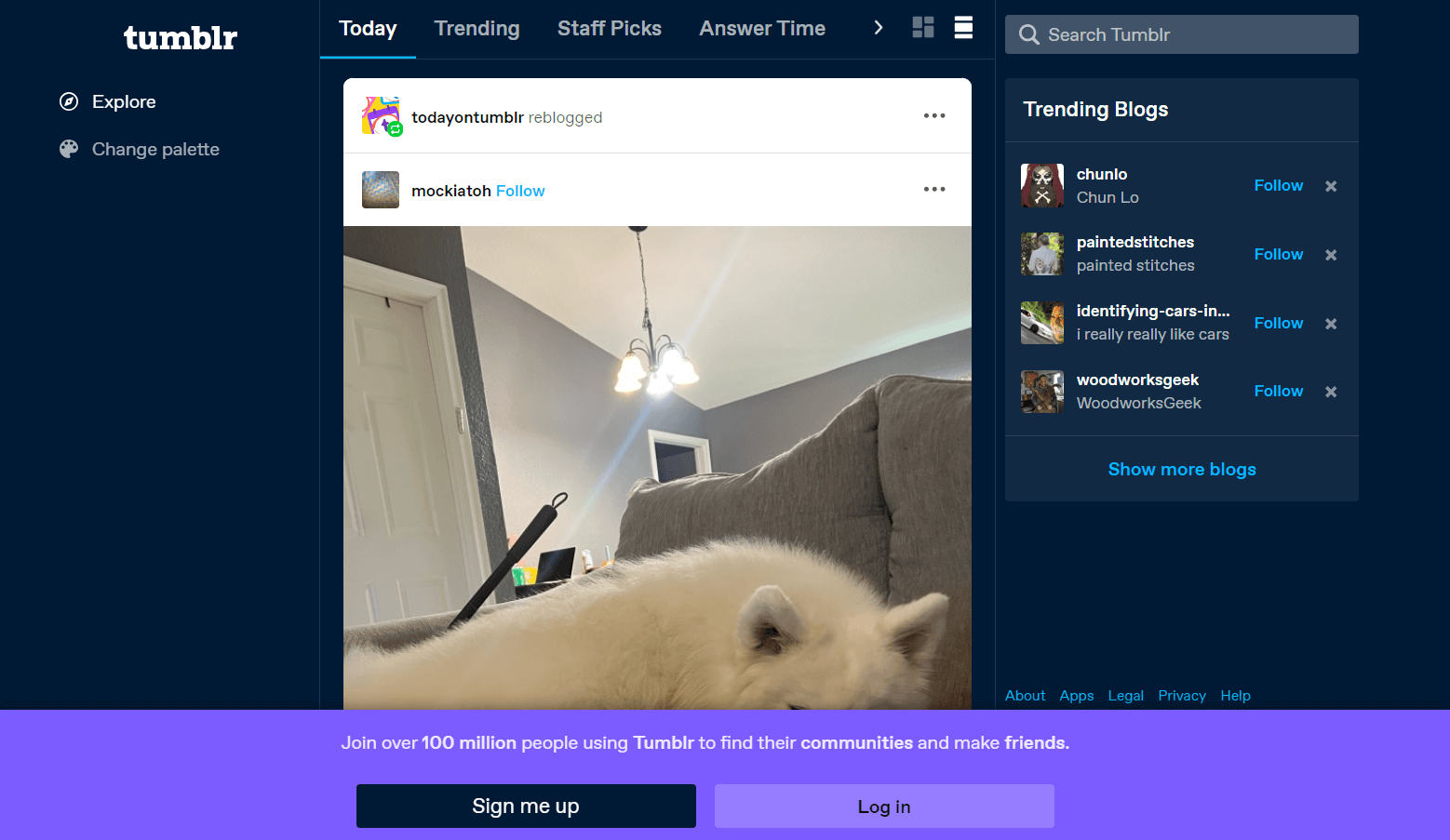
Tumblr, an original free blogging site, leans toward multimedia and social media-style content. With a playful interface, it’s easy to get started—sign up and start posting. While not business-oriented, Tumblr allows ads, affiliate links, and integration with Google Analytics.
8. Ghost
👉 Best for Those desiring a modern vibe with a careful approach to technical setup.
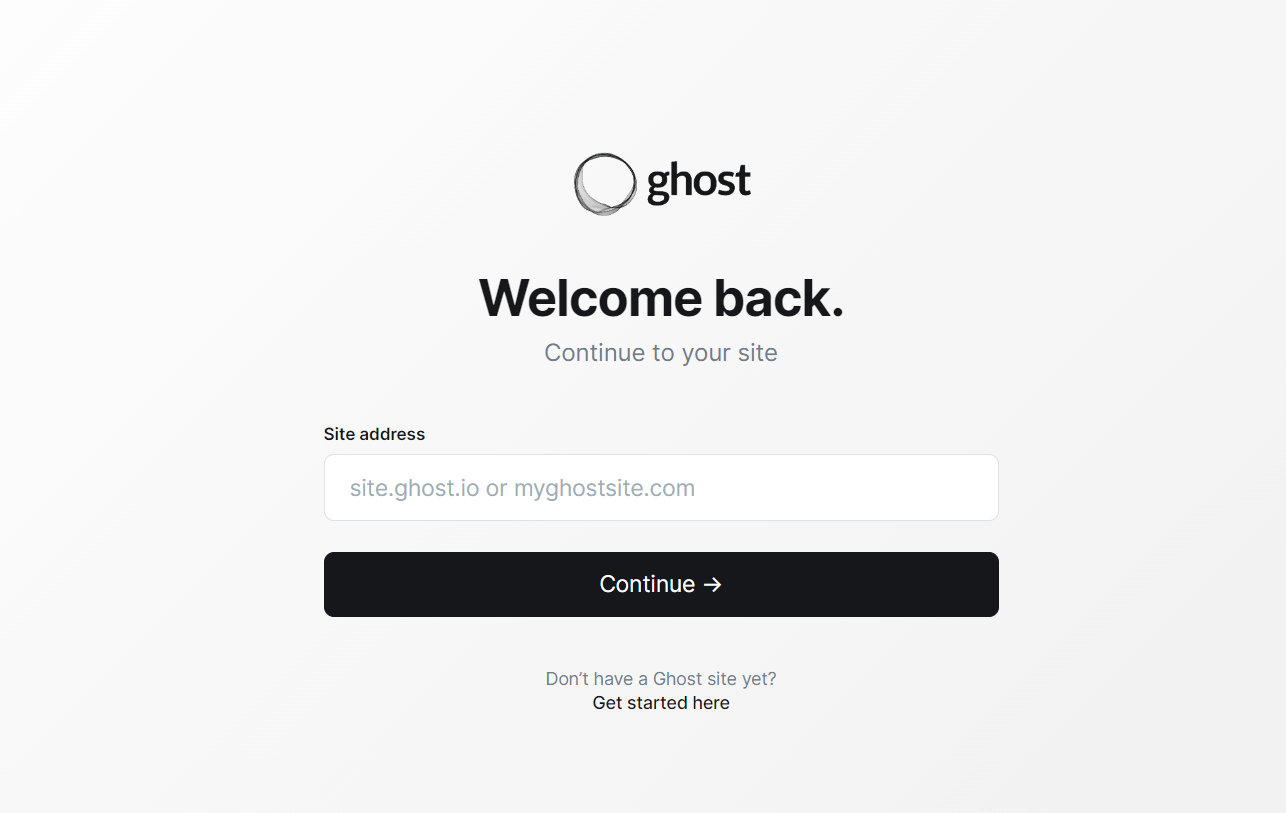
Ghost, a WordPress-like platform, requires paid hosting for optimal performance. DigitalOcean is a recommended service, offering affordability and essential features. Ghost’s editor is simple and minimalist, providing a live preview of your text. Despite a slightly more involved setup, Ghost offers a sleek front-end reminiscent of Medium.
9. Substack
👉 Best for Writers focusing on newsletters and subscription-based content.

Substack has gained popularity for its emphasis on newsletters. If your content strategy involves reaching a dedicated audience through subscriptions, Substack is a compelling choice. It simplifies the process of creating and managing newsletters, allowing you to focus on delivering engaging content to your subscribers. With an intuitive interface and tools for monetization, Substack stands out as a platform tailored for writers looking to build a loyal readership.
10. Joomla
👉 Best for Those seeking a WordPress alternative capable of handling heavy loads.
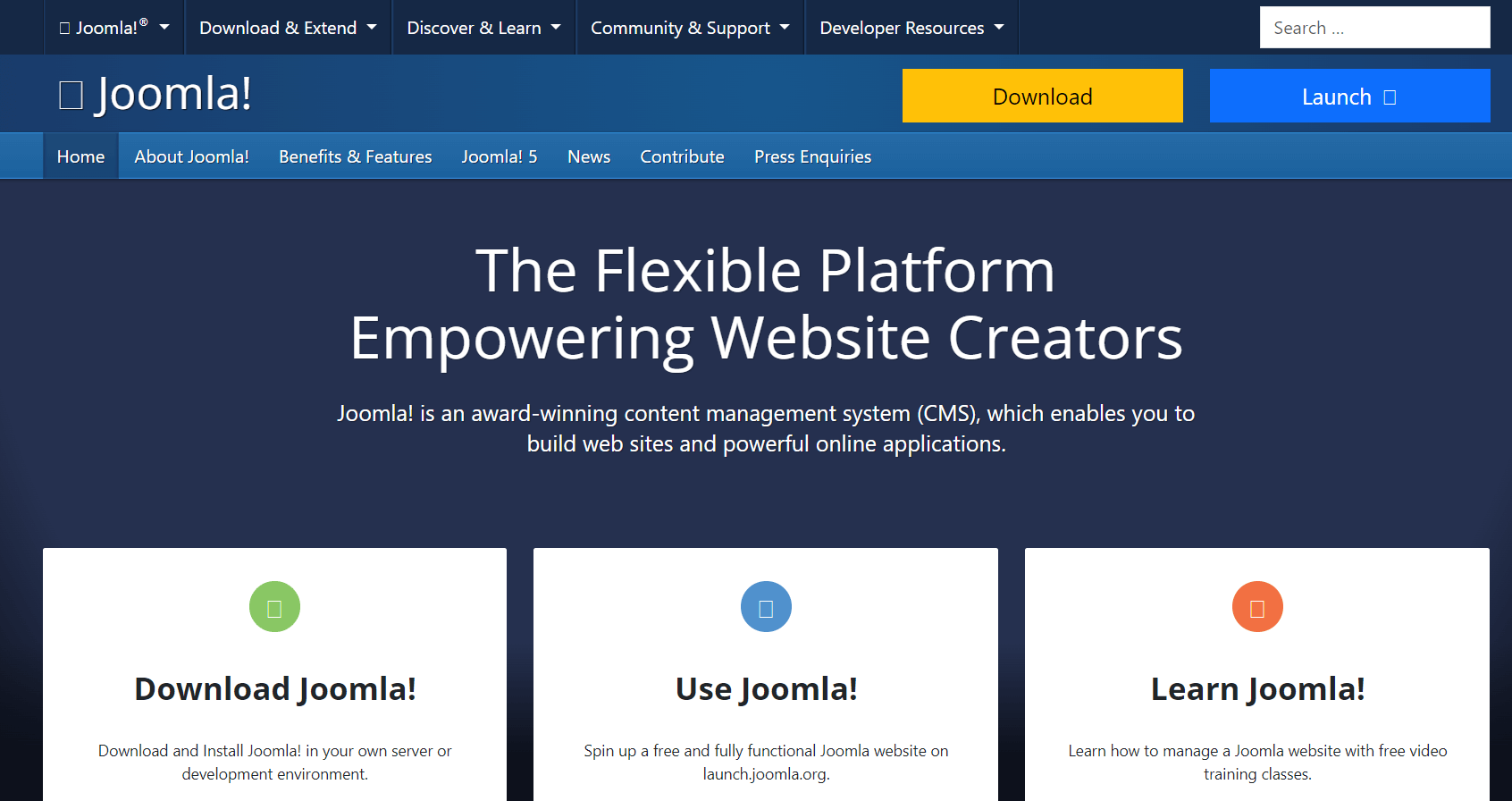
Joomla, similar to WordPress.org, is versatile for both blogs and complex websites. It offers an old-school editor with flexible options for customization. Bluehost is recommended for hosting, providing affordability and reliability. While not as intuitive as WordPress, Joomla excels at managing more intricate web projects.
11. Squarespace
👉 Best for Users seeking a visually stunning website with integrated blogging.
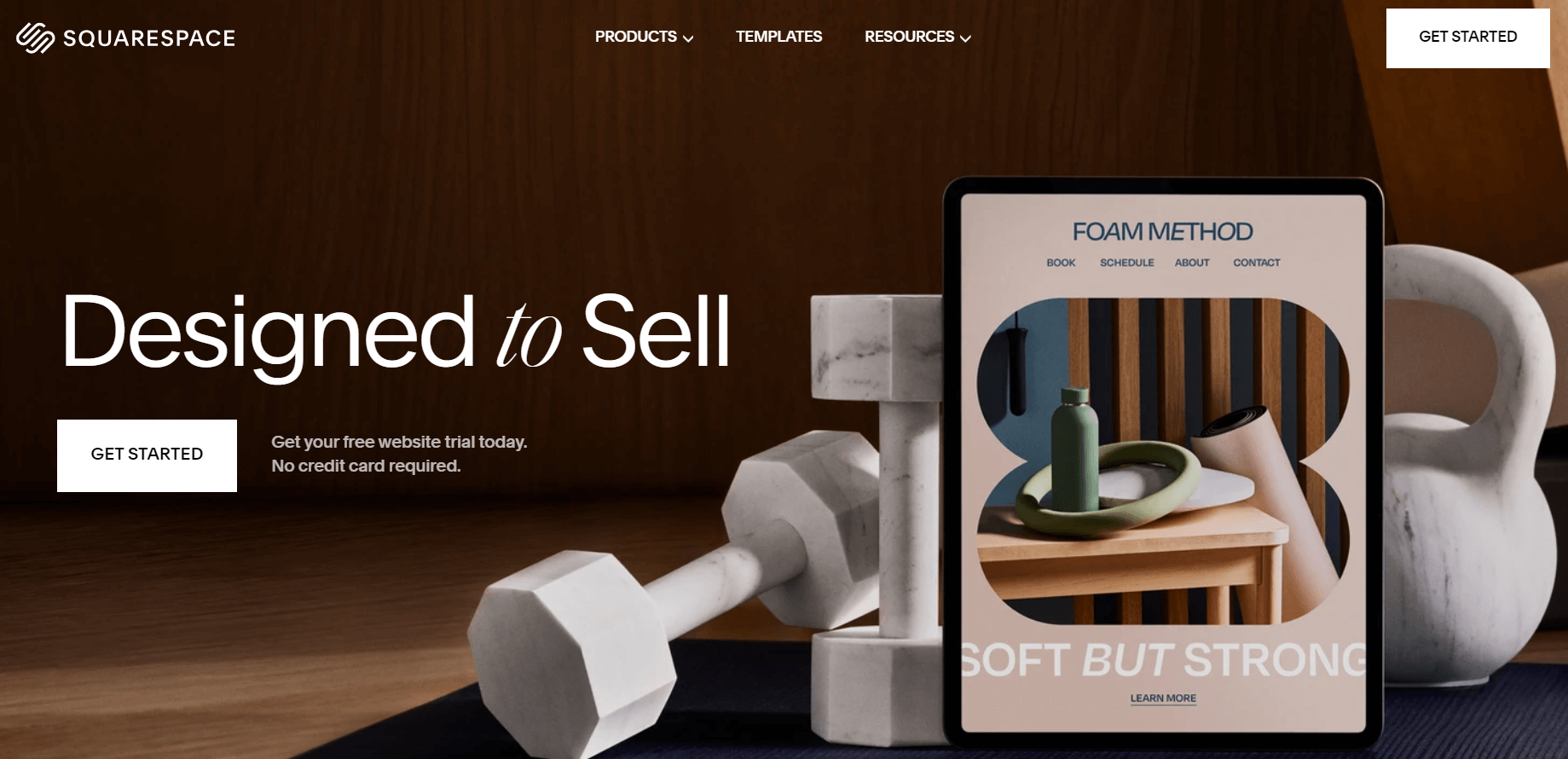
Squarespace is renowned for its visually appealing designs and user-friendly interface. It offers a seamless integration of blogging into its website-building platform, making it an excellent choice for those who prioritize aesthetics. With customizable templates and a drag-and-drop editor, Squarespace enables you to create a professional-looking blog without delving into complex coding. It’s a one-stop solution for individuals aiming to showcase their content in a visually stunning manner.
12. Strikingly
👉 Best for Individuals looking for a simple, mobile-responsive blog.
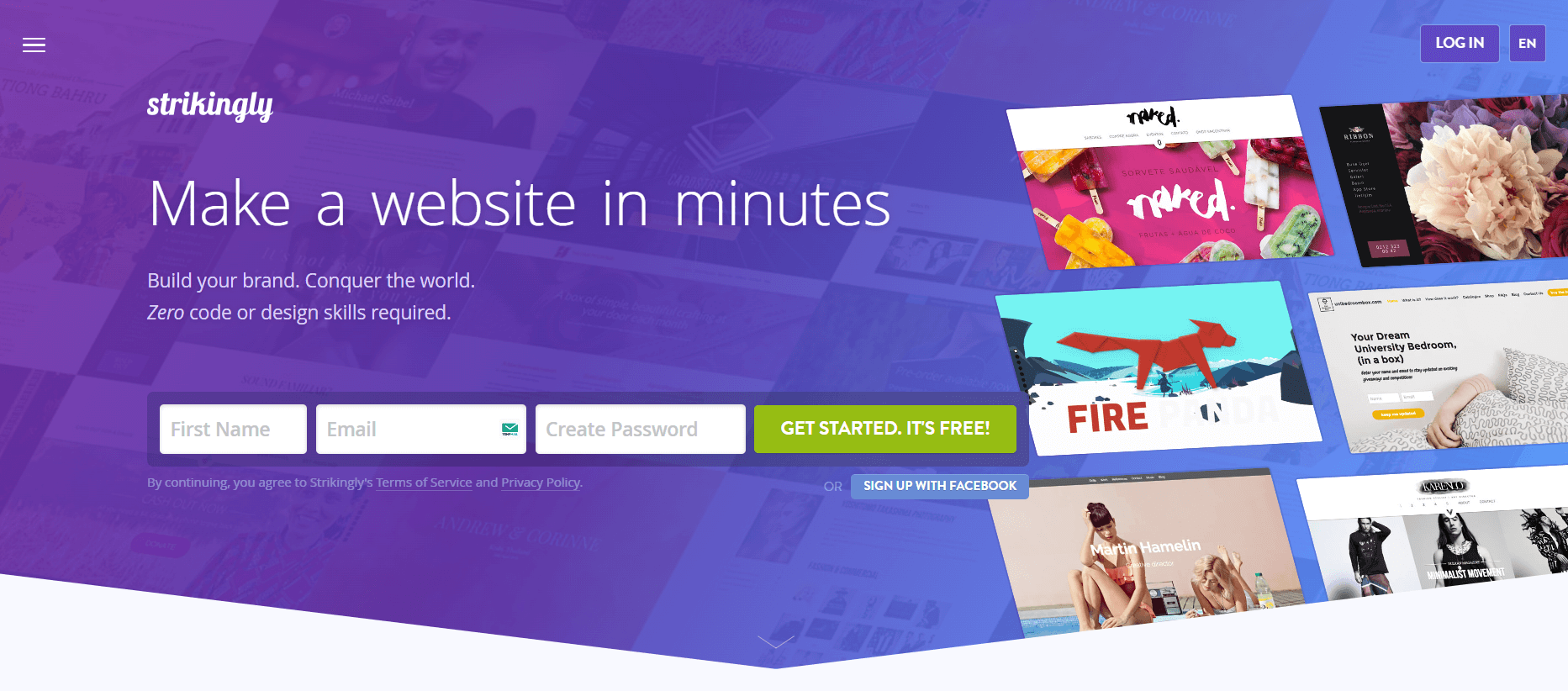
Strikingly focuses on simplicity and mobile responsiveness, making it an ideal choice for users who want their blogs to look great on any device. With a user-friendly editor, you can create a blog quickly without sacrificing design quality. Strikingly offers a free plan with essential features, including a Strikingly subdomain. It’s a straightforward option for those who prioritize a hassle-free blogging experience with a modern touch.
13. HubPages
👉 Best for Writers interested in revenue sharing through ads.
![How to Publish Your Articles on Hubpages [With Alternatives]](https://bloggerspassion.com/wp-content/uploads/2012/01/hubpages-network.webp)
HubPages provides a unique platform that allows you to publish articles and earn revenue through ad sharing. While it’s not a traditional blogging platform, it offers a community-driven approach to content creation. You can write articles on various topics, and HubPages takes care of ad placements to generate income. It’s an intriguing option for writers seeking a platform that combines content creation with potential earnings.
14. Webflow
👉 Best for Design-savvy users who want complete control over website design.
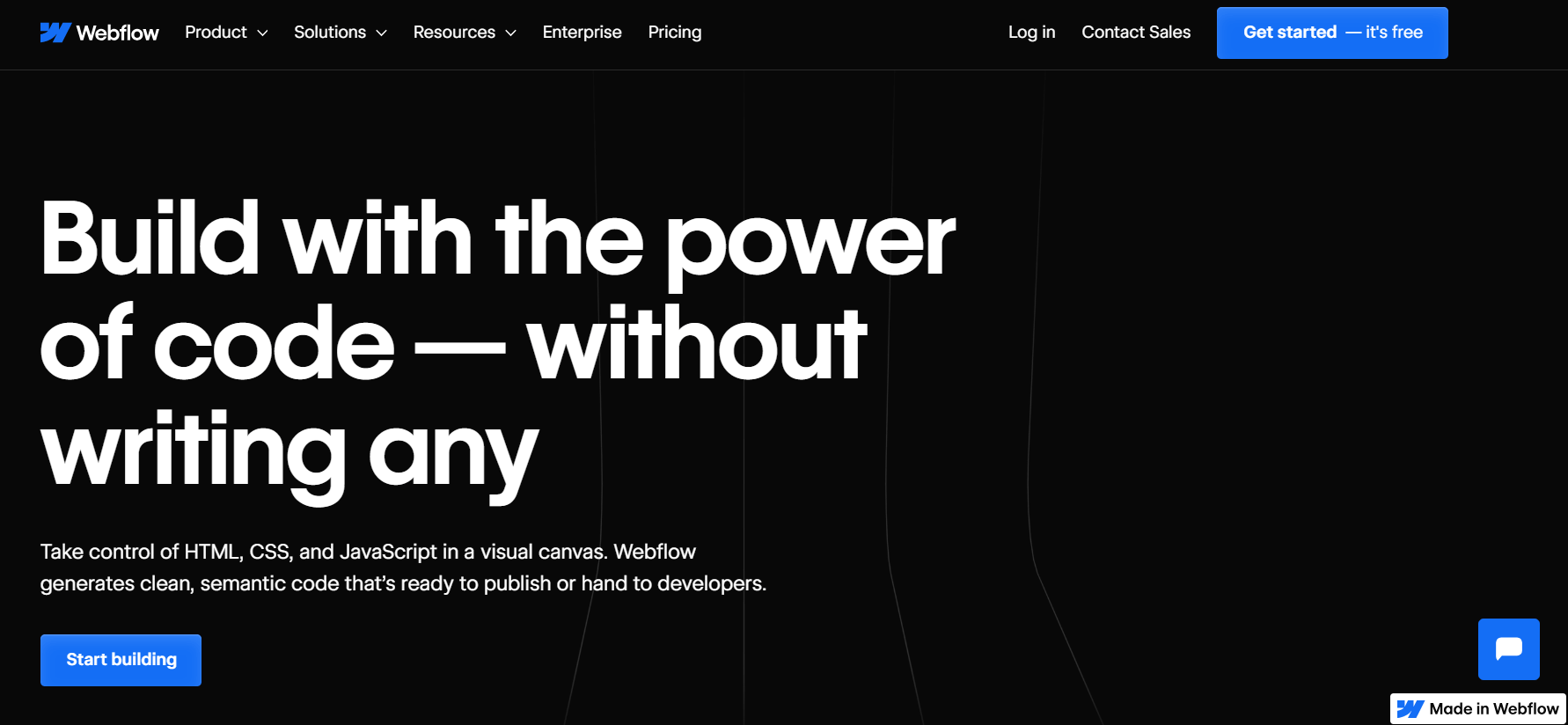
Webflow caters to users who desire intricate control over their website’s design and functionality. It’s a powerful tool that combines a visual editor with robust design capabilities. While it may have a steeper learning curve, Webflow offers unparalleled customization options. It’s an excellent choice for those who prioritize design flexibility and want to create a blog that stands out visually.
15. Jimdo
👉 Best for: Individuals wanting simple websites with an integrated blogging module.

Jimdo streamlines blog creation by generating a site based on your preferences. On the free plan, publish your blog under Jimdo’s subdomain. Notable for its “page builder” feel, Jimdo allows you to edit content directly within your website’s main customization page. This unique approach lets you tweak individual pieces without navigating to a separate editor page.
Conclusion
In conclusion, the Best free blogging platforms in 2024 will offer a diverse range of platforms, each catering to specific needs and preferences. Whether you prioritize user-friendly interfaces, complete design control, or unique monetization options, there’s a platform that aligns with your blogging goals. Explore these options, experiment with their features, and kickstart your blogging journey on the platform that resonates with your vision. Happy blogging!
Suggested Read:
- Read Also: Benefits Of Blogging For Students
- Read Also: The 12 Most Profitable Online Businesses to Start in 2024
- Read Also: Top 5 Most Profitable Blog Topics

For hottest information you have to pay a quick visit internet and on the web I found this website as a most excellent site for latest updates.